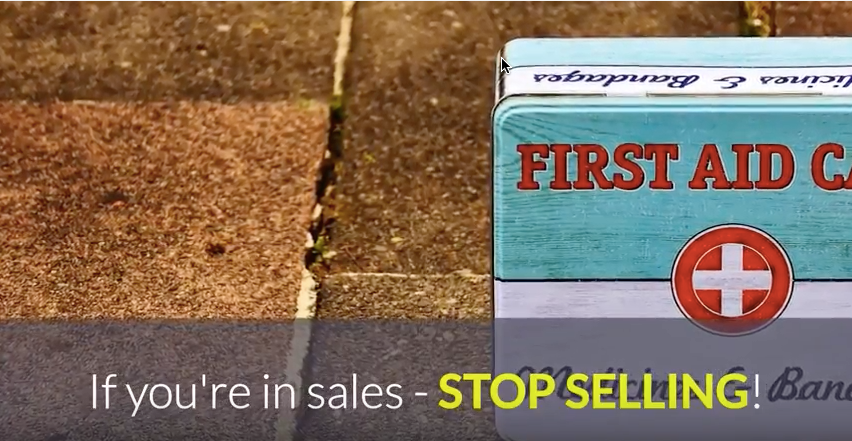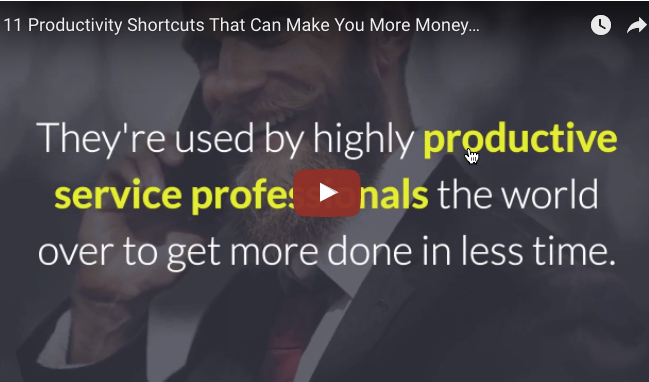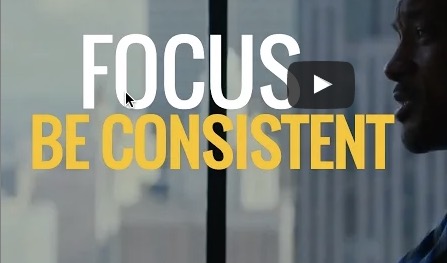Social media use in the fashion industry has enabled average consumers and regular people to have much more interaction with fashion designers and high-end clothing, shoes and accessory firms. Unlike traditional advertising platforms, such as billboard ads, magazine ads and television commercials, which the fashion company and their advertising agency had complete control over, when fashion companies do a social media marketing campaign in the 2010s, average consumers and regular people can post online comments immediately below the fashion company’s social media advertisement. This accessibility is due to the increased usage of social media since 2009. Social media is a real time platform that reaches across the globe; this has had a great impact on how consumers interact with the fashion industry. Social media has brought about new channels of advertising for fashion houses to reach their target markets.
These new channels include, but are not limited to: Facebook, Twitter, YouTube, Instagram and Pinterest. Since the global financial crisis in 2008, global consumption of luxury fashion goods diminished. Retailers had to shift their focus to “classic” lines to recapture their target market, as consumers were less likely to take risks on avant-garde items. (Kapferer, 2012) confirms: “The recent economic crisis prompted the affluence population – the top 20% of income earners representing 60% of the market – to refocus on real value and great classics, and to pay the expected price.” Although the marketing strategies and tactics have changed, the primary aim of marketing fashion remains the same, “ultimately attracting and retaining customers” Webber (2009). In the social media era, fashion houses needed to reshape their marketing strategies to capture consumer’s attention. This is where the shift from traditional print media to more interactive media started to occur. Social media is able to use different forms of media such as: videos, live streams and interactive Web 2.0 features to engage their target market.
The use of social media surged in 2009 to promote luxury fashion brands. Labels were now able to connect and build lasting relationships with customers at the push of a button. Initially social media was believed to be damaging for the fashion industry, because regular consumers could post critical comments about products and designs. However, some observers argue that despite these potential drawbacks, social media is a powerful opportunity to reach and engage a wider audience (Mohr, I; 2013). The Internet, as a means of advertising is able to reach a much wider, diverse group of people, as there are far fewer limitations compared to traditional print media. For example, people in their own homes using the Internet are able to access almost anything compared to previously having to go out and purchase fashion magazines to access the same content. Word of mouth is one of the most powerful sources of information to influence consumers decisions. Information on particular products can easily accessed by consumers on social media, which can either make or break reputations. “Word of mouth- interpersonal communication about products and services between consumers- is one of the most influential sources of marketplace information for consumers. Regardless if bad or good these messages can go viral” (Arndt, 1967; Alreck & Settle, 1995)
Fashion brands use social media for advertising and to engage their target market. Other uses include reporting on fashion news, providing customers with company updates and announcements about new fashion lines, events and promotions, and providing customer service to clients. For example, organizations can use Facebook to promote fashion events and release news-style stories about these events, including digital photos and videos. They can use Twitter for shorter updates and announcements. The fashion company and its ad agency decides which sites to use and controls, to the degree that it is possible, how these sites display their image and content. Companies’ awareness of society’s dependence on technology as an information-searching tool has encouraged fashion brands to invest in improving their social media presence. Social media has enabled consumers to feel more “connected” to fashion companies. It has also proven to give more exposure to individual brands.
Check More at www.social-media-traffic-strategy.com






